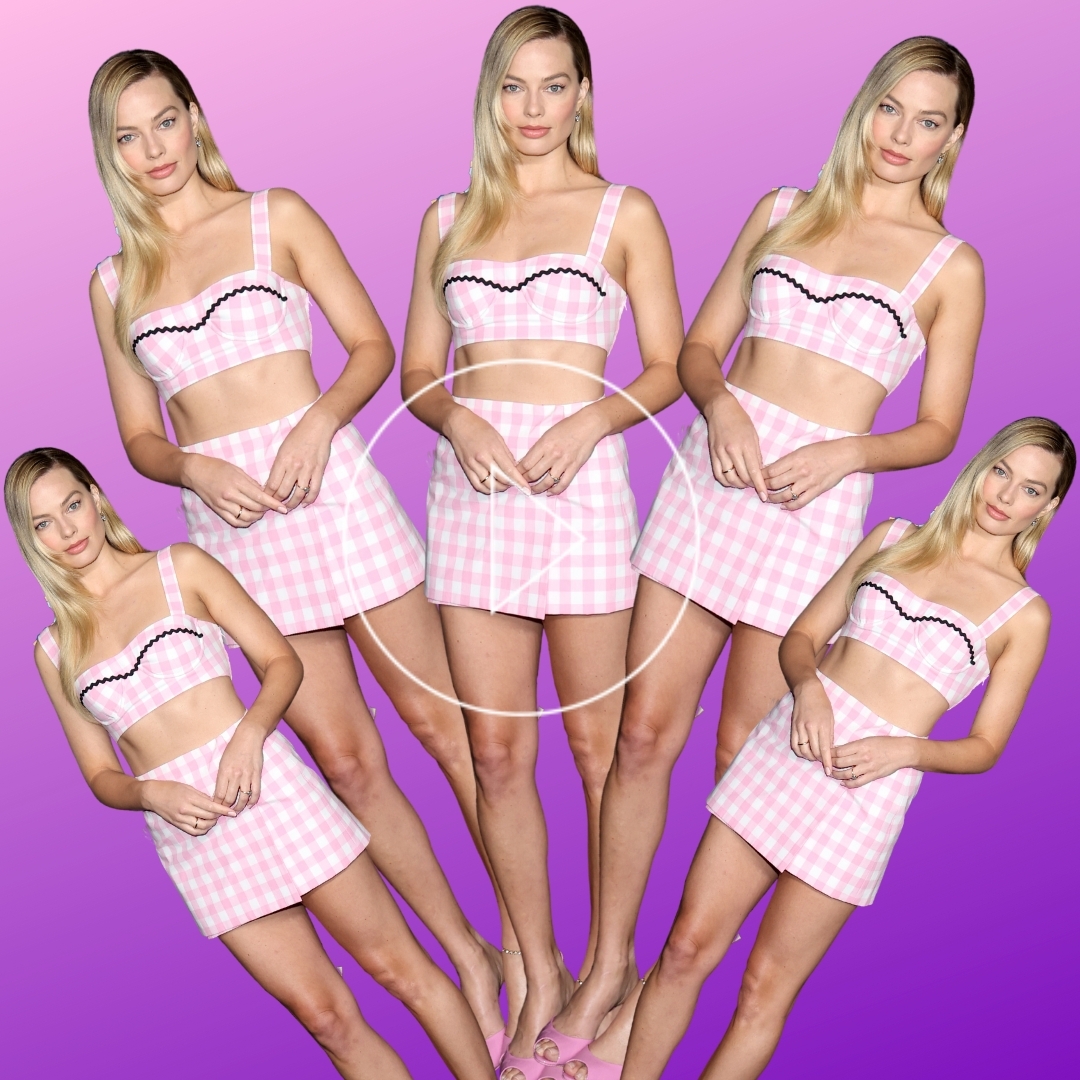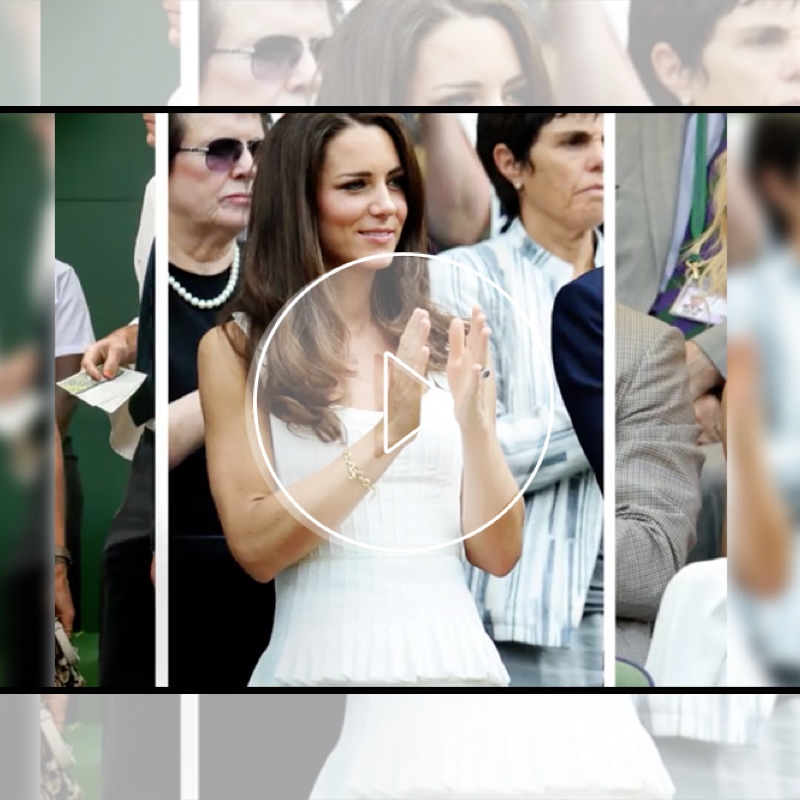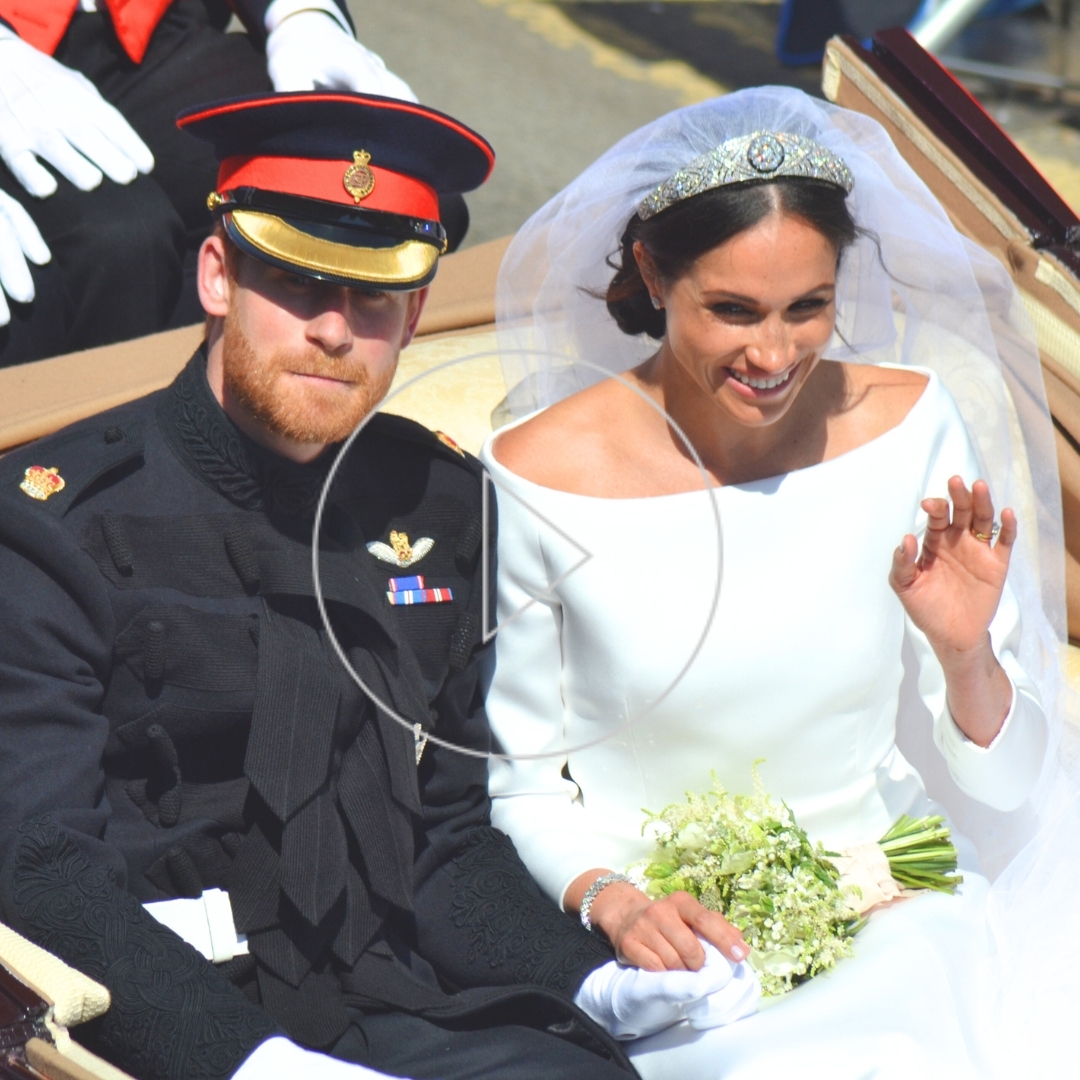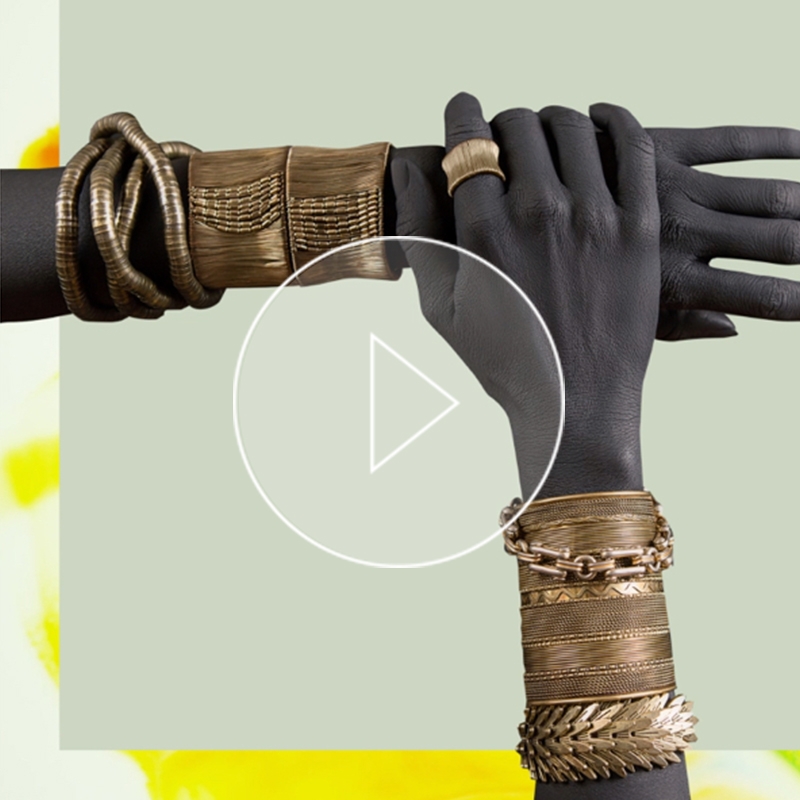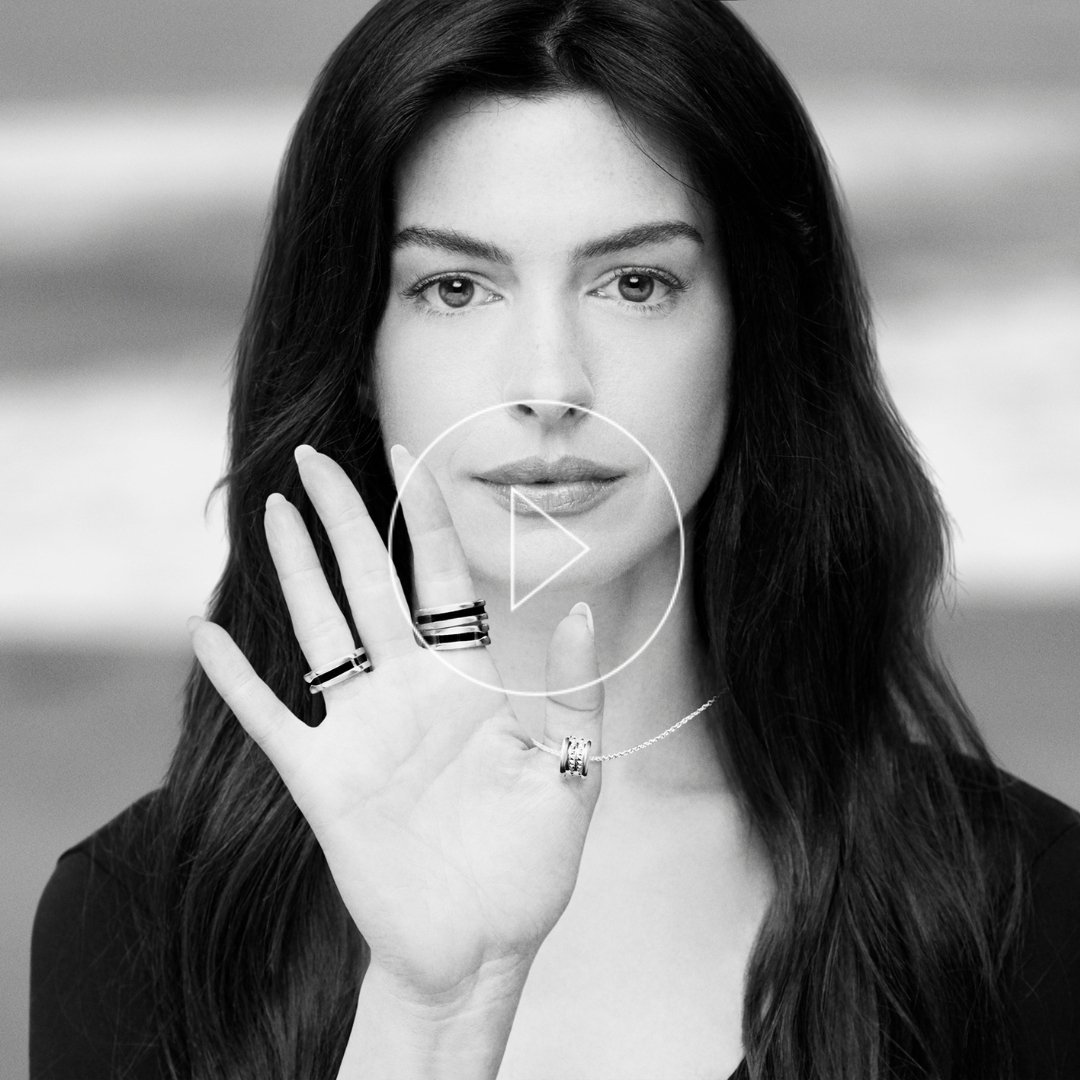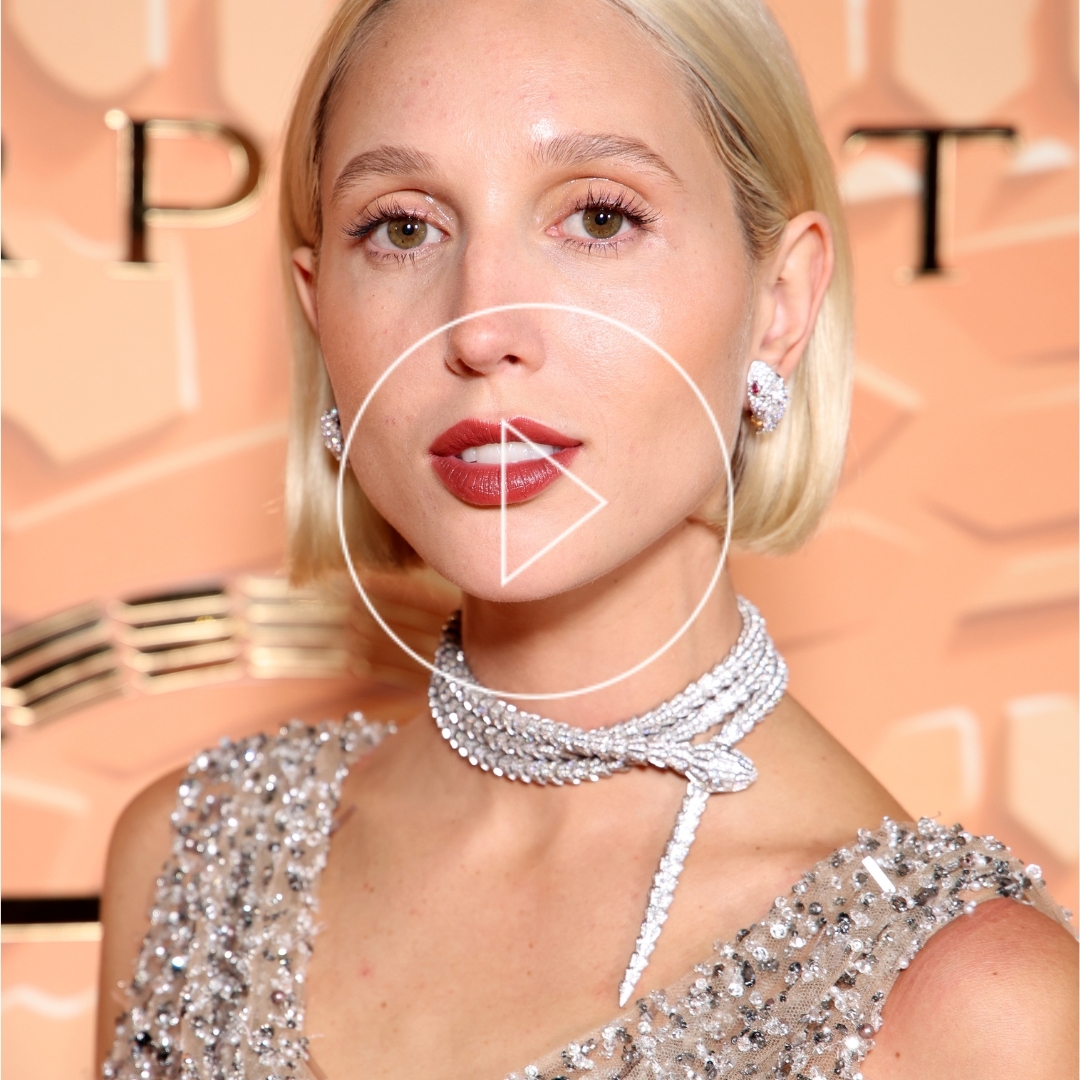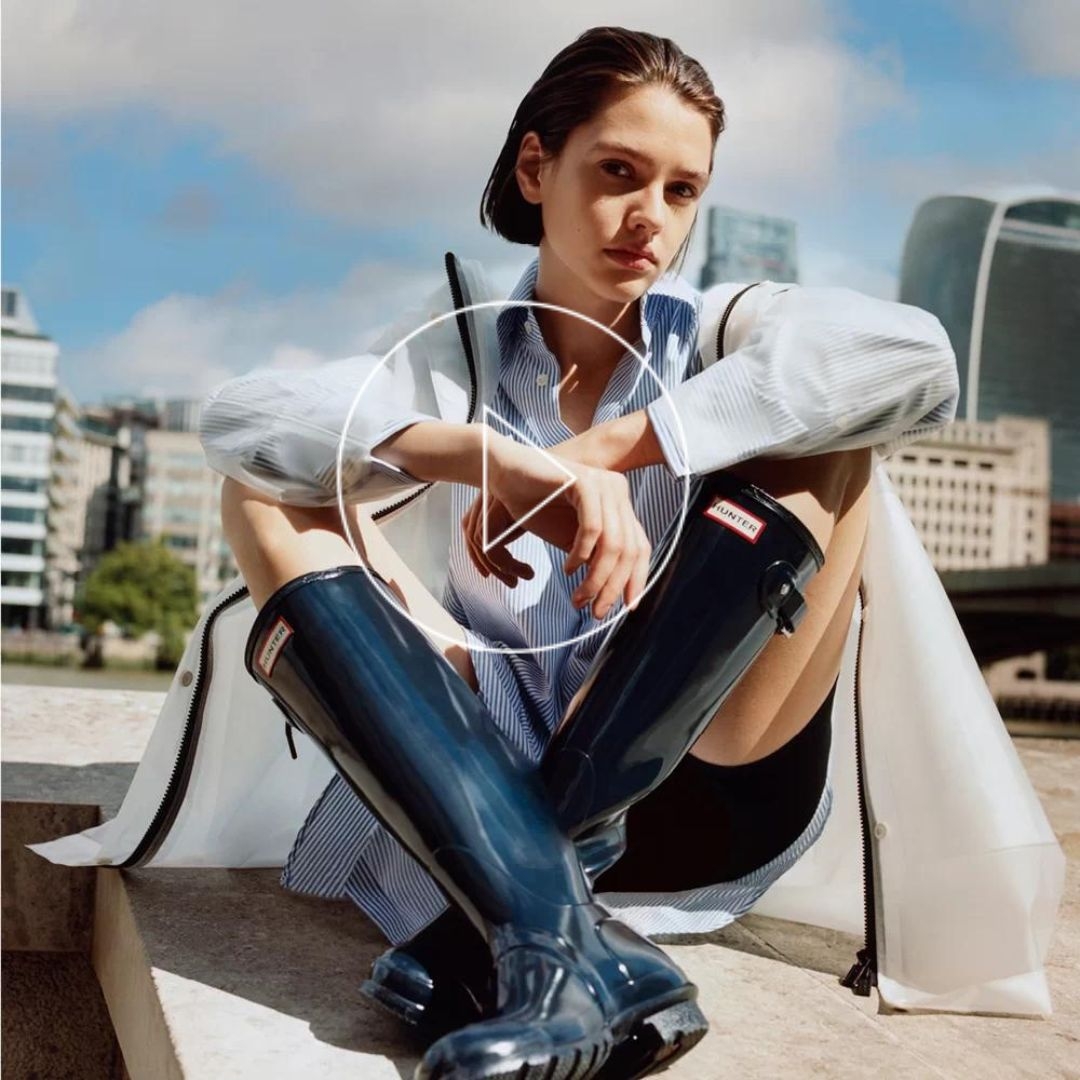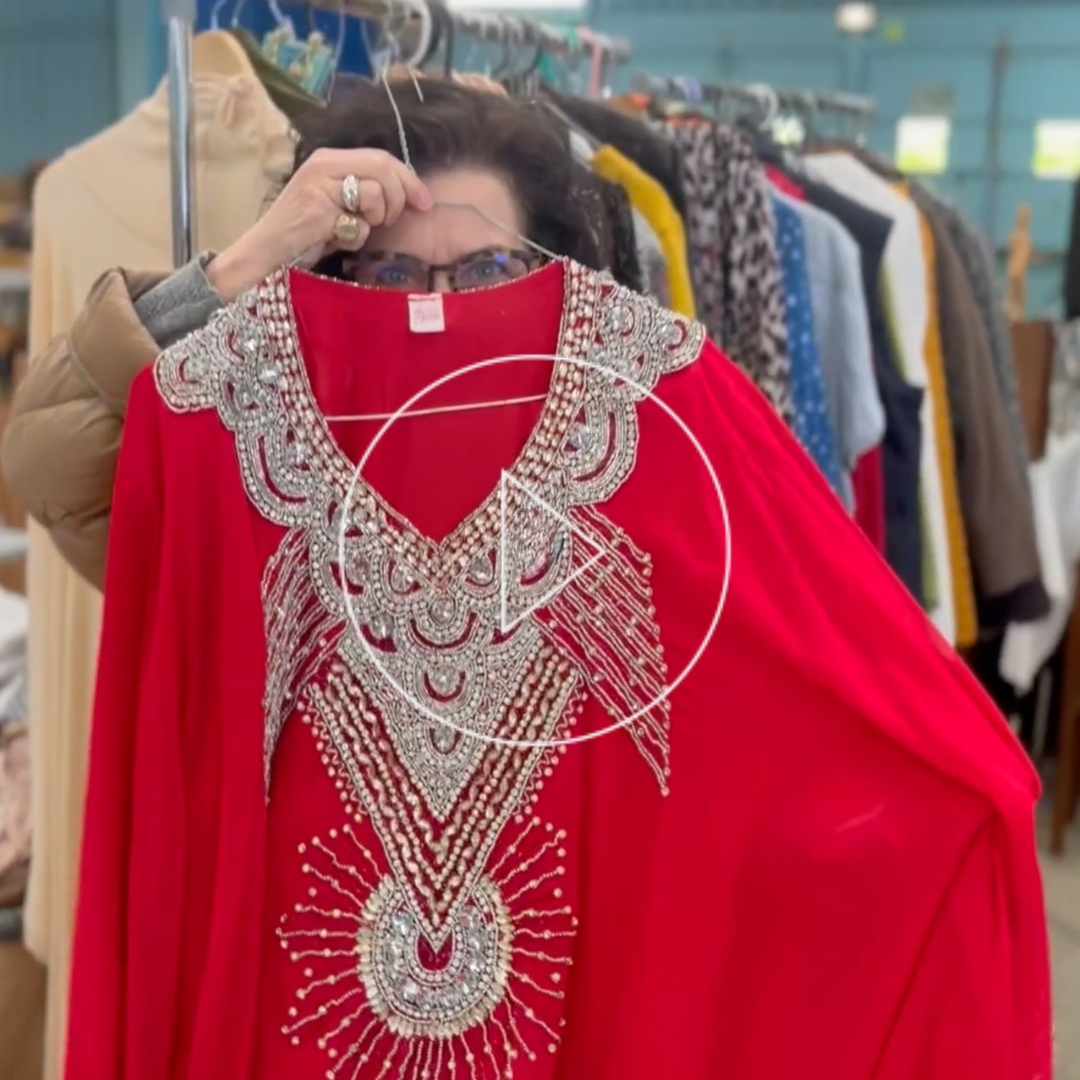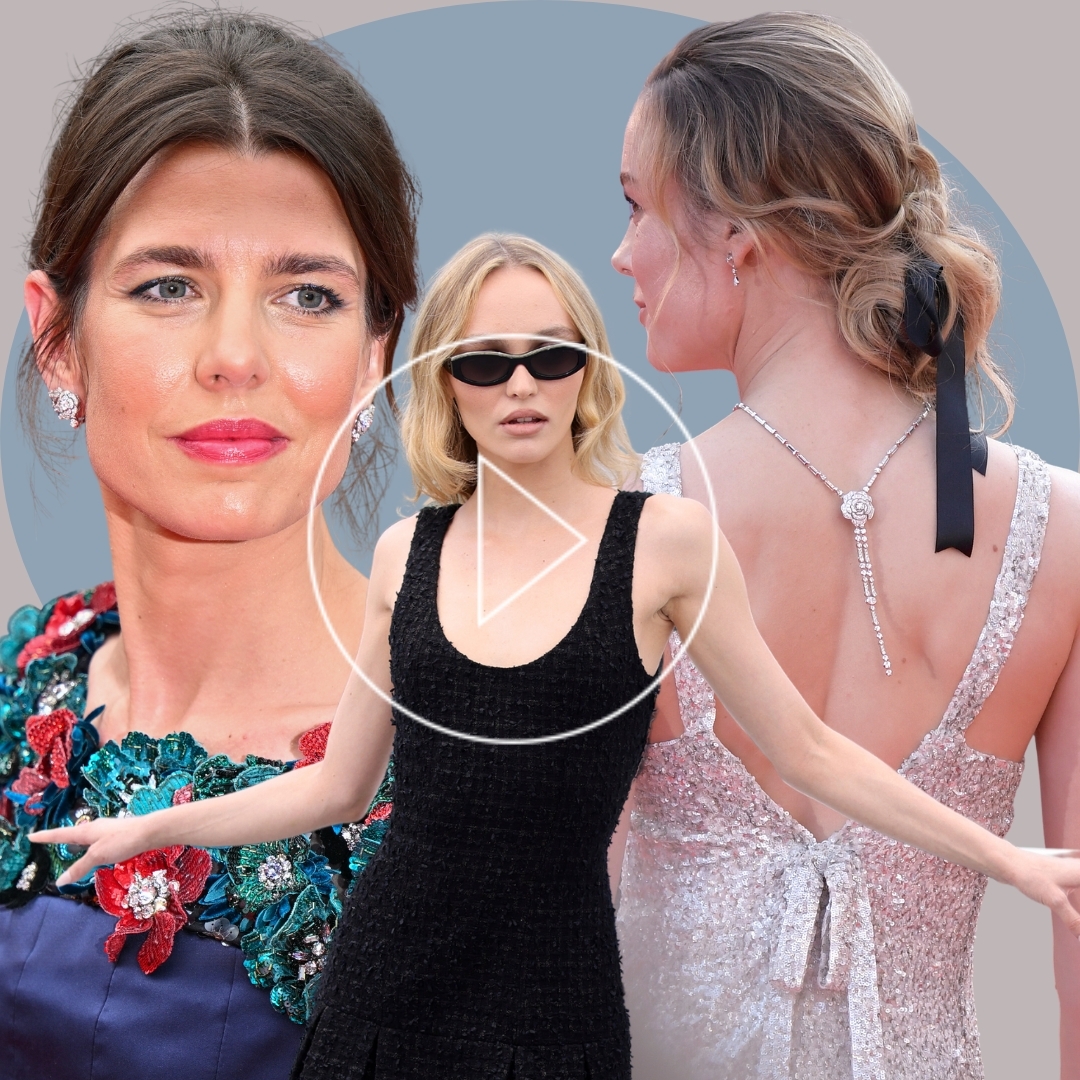What Were You Wearing: Survivor Art Installation
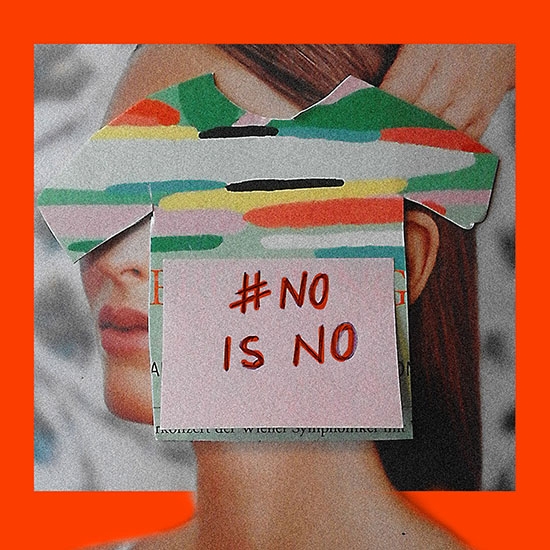
Photos courtesy of K.U.
The powerful exhibition “What were you wearing: Survivor Art Installation”, showcasing 18 real stories of sexual assaults paired with outfits similar to what the victims were wearing when they were attacked, proves once and for all, how wrong is the myth that the victim’s clothes provoke sexual violence.

Jen Brockman, the creator of the exhibition, says that “Participants can come into the gallery and see themselves reflected in not only the outfits but also in the stories.” She explains she wanted to be able to create a moment where they say “Wow, I have the same outfit hanging in my closet” or “I wore this, this week.”
The Survivor Art Installation has been touring American Universities since 2014, aiming to change the narrative of victim blaming that justifies the perpetrators. We think this is a fantastic initiative because sexual violence is a crucial topic that we must address with urgency.

The number of sexual assaults in the American University Campuses is alarming; one out of every four women in college experiences some form of sexual assault, and almost one in every ten female students in the U.K says having been raped, but from those, only 6% reported the crime to their university. According to RAINN reports, nearly 70% of victims don’t inform the police (for fear of blame and distrust), and when they do, only 25% result in an arrest.
Even more disturbing are the numbers that show that most victims know their attacker and are assaulted in their own houses, by family or friends, while they are sleeping or doing some other activities at home.

Massive campaigns such as #NoisNo and #MeToo, and educational programs about consent in schools and universities are bringing the much-needed awareness to change this situation, but there are some questions we must ask ourselves: if it is not the victim’s clothes, what is it that is causing the rape culture we have today? Could it be that the pornification in fashion and the entertainment industry has glamorised and normalised rape?
We cannot end sexual violence by changing the way women dress, but we can do it through education. By teaching boys and girls since their young age about the importance of loving and respecting all human beings, and by saying no to trends that the media wants to impose on us that objectify women, we can turn these shocking statistics around. An excellent example of how to educate people is the campaign the Thames Valley Police made, explaining consent in the most British way possible:
CS
SHARE

